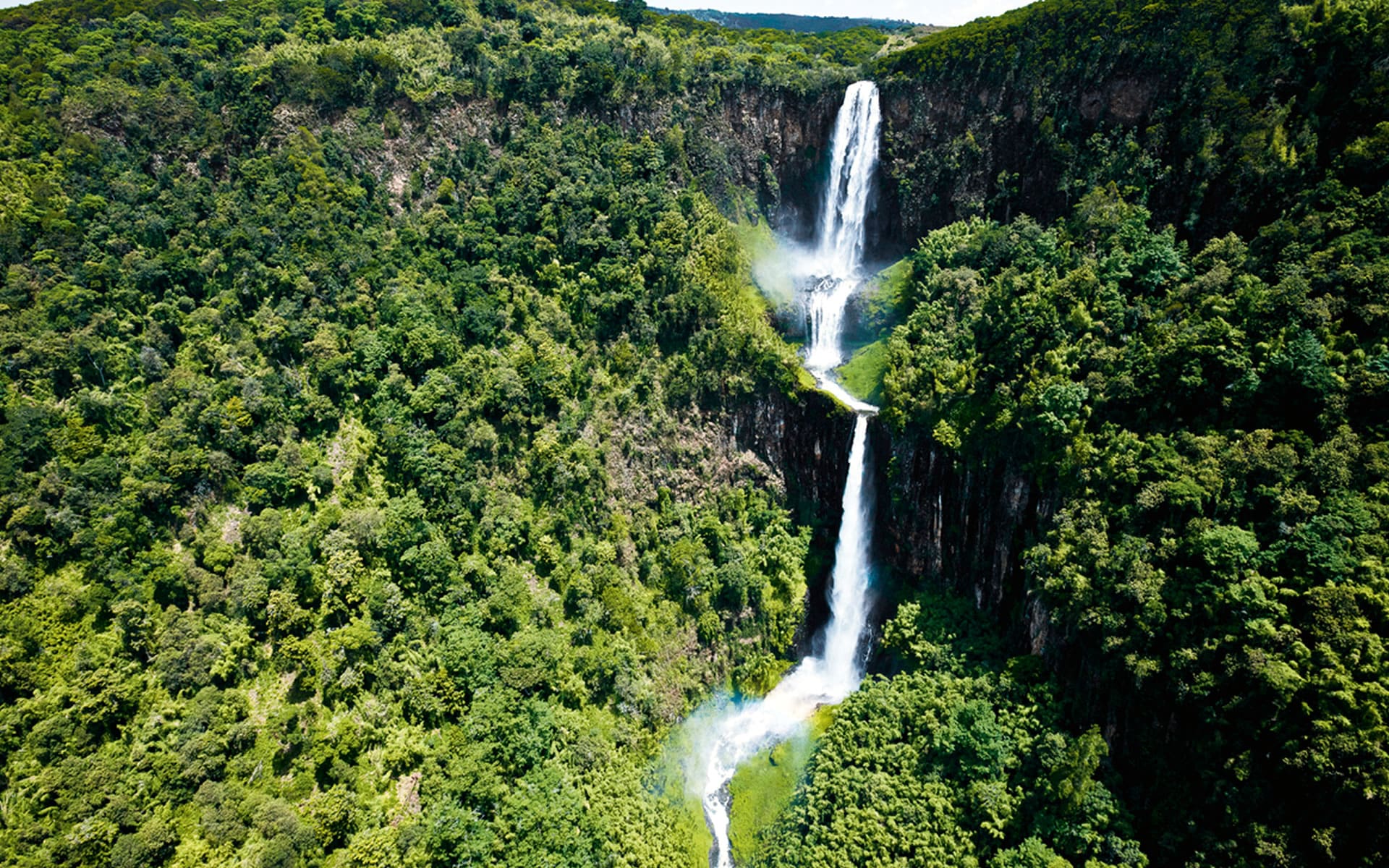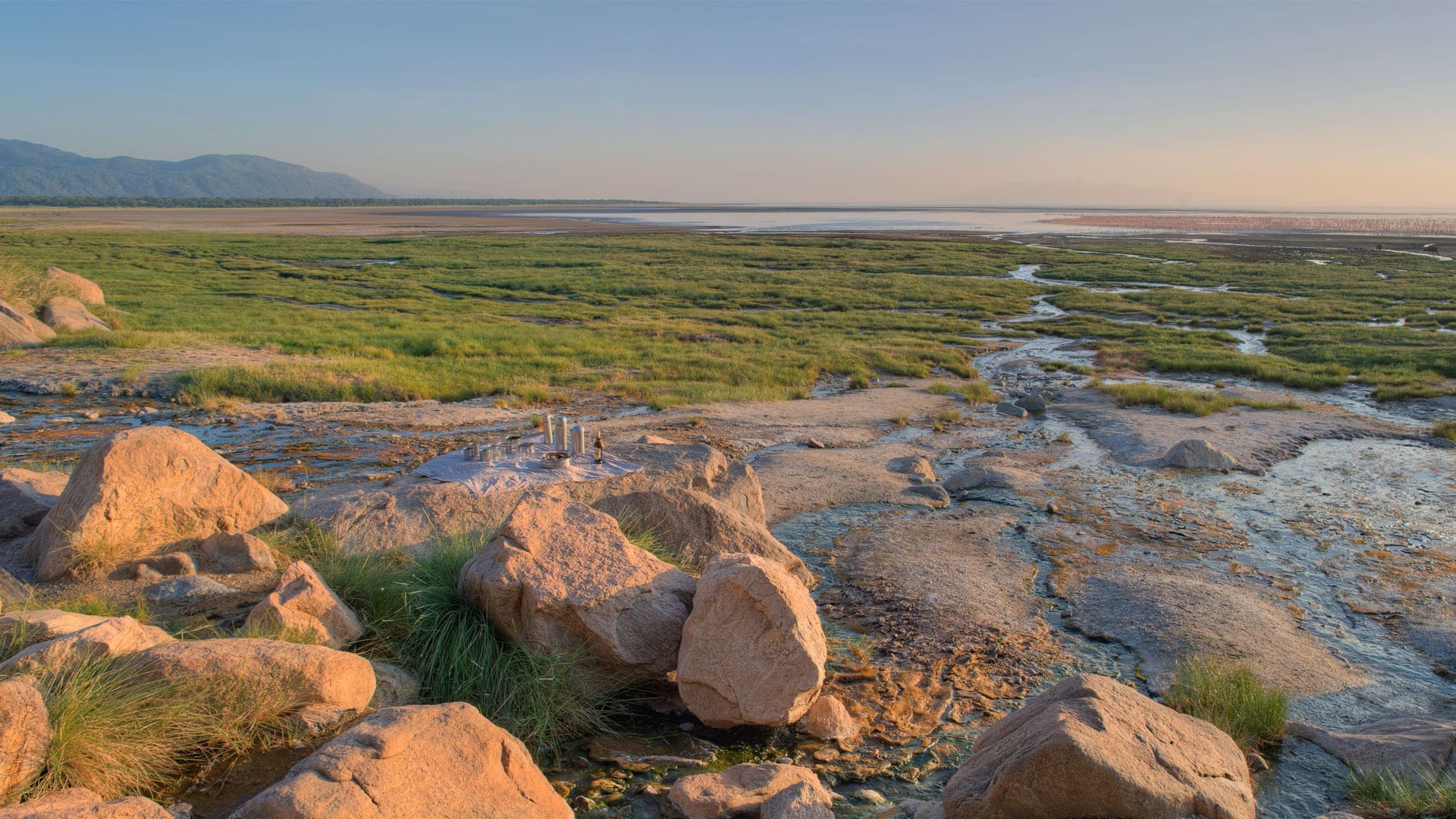Naboisho Conservancy is a prime wildlife sanctuary located in southwestern Kenya, just west of the renowned Maasai Mara National Reserve. Covering about 510 square kilometers, it is one of the largest conservancies in the Mara region and provides a sanctuary for numerous wildlife species, including big cats like lions, leopards, and cheetahs. The conservancy is a joint venture between local Maasai landowners and conservation organizations, forming a sustainable partnership that benefits both the local community and the wildlife that thrives in the area.
The conservancy is rich in biodiversity, with savannahs, riverine woodlands, and acacia forests creating a diverse habitat that attracts a wide range of wildlife. While it is best known for its big cat populations, Naboisho is also home to elephants, giraffes, zebras, and a variety of antelopes and bird species. One of the major highlights is the annual migration of wildebeests, which is a spectacle when the herds cross through the conservancy as part of the greater Serengeti-Mara migration. With fewer crowds than the Maasai Mara Reserve, Naboisho offers an intimate and exclusive safari experience, making it a favorite for wildlife enthusiasts and photographers.


